Phone Number
(+91) 8655358999
Valves are mechanical devices that control the flow and pressure of liquids, gases, and slurries within a system. They are also known as regulators and are used in a wide variety of applications. Valves vary greatly in size, design, function, and operation. There are several methods that can be used to classify valves including the control mechanism and valve function
Pneumatic linear actuators consist of a piston inside a hollow cylinder. Pressure from an external compressor or manual pump moves the piston inside the cylinder. As pressure increases, the cylinder moves along the axis of the piston, creating a linear force. The piston returns to its original position by either a spring-back force or fluid being supplied to the other side of the piston.
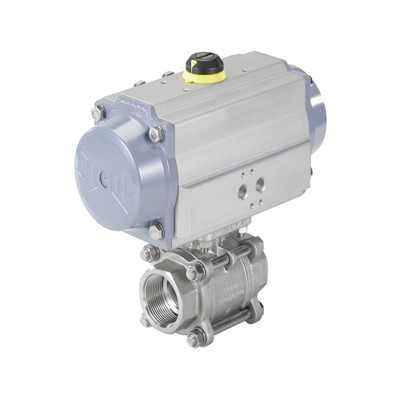
The benefits of pneumatic actuators arise from their simplicity. Most pneumatic aluminum cylinders have optimal maximum pressure. The pneumatic drive generates precise linear movement, ensuring accuracy and repeatability in a very high range.
ApplicationTypical applications of pneumatic actuators include areas with extreme temperatures. When it comes to safety and inspection, using air, pneumatic cylinders avoid the use of hazardous materials. They meet the requirements of explosion protection and machine safety because they do not cause magnetic interference due to the lack of motors.
Butterfly valves are quarter-turn rotary motion valves used as throttling valves to control flow through a system. They can be used with many different media. Butterfly valves offer several advantages including quarter-turn, openness for less plugging, and good control capabilities. They may be used in a wide variety of chemical services, are available with small dimensions allowing for use in areas where space is limited, and allow a high coefficient of flow. Disadvantages include difficulty cleaning internal parts; therefore they should be avoided in situations that call for sterile, medical or food processing applications. Additionally, some styles may have difficulty dispensing slurries.
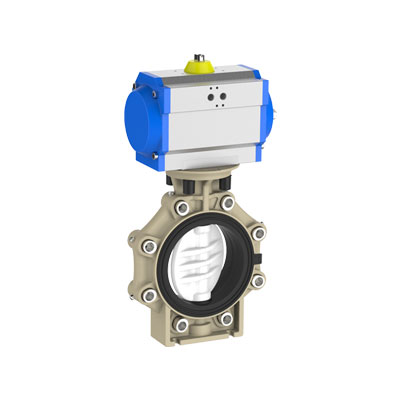
Cooling water, air, gases, fire protection etc. Slurry and similar services, Vacuum service, High-pressure and high-temperature water and steam services, Compressed Air or Gas Applications
Ball valves enjoy massive popularity thanks to their compact and low maintenance design that requires no lubrication while still offering users a tight seal with minimal torque. Ball valves are also the least expensive option when it comes to choosing among all of the valve arrangement types. The biggest disadvantage of ball valves is that most designs have poor throttling characteristics that can cause the seat of a ball valve to easily erode. This has been remedied somewhat with the trunnion mounted ball valve design, but should still be a consideration for those looking at ball valves for situations where high throttling is a must. Ball valves are also commonly chosen thanks to their ability to be successful used across a range of applications and markets. As mentioned before, ball valves are a big hit with the oil and natural gas industry, but also find a place in many manufacturing sectors, chemical storage, and even residential uses.
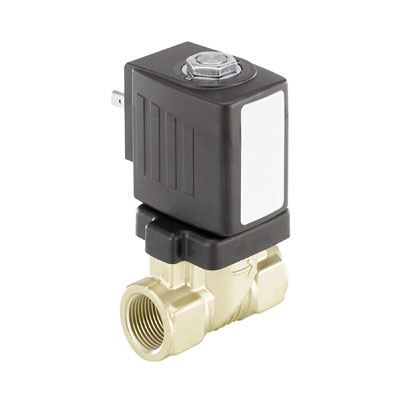
Gate valves are suitable to use in high temperature and pressure conditions. They are used for on-off applications
A Solenoid valve is used wherever fluid flow has to be controlled automatically. They are being used to an increasing degree in the most varied types of plants and equipment. The variety of different designs which are available enables a valve to be selected to specifically suit the application in question. Solenoid valve is a control units which, when electrically energized or de-energized, either shut off or allow fluid flow. The actuator takes the form of an electromagnet. When energized, a magnetic field builds up which pulls a plunger or pivoted armature against the action of a spring. When de-energized, the plunger or pivoted armature is returned to its original position by the spring action.
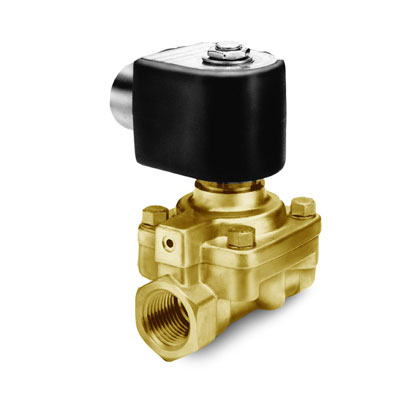
Solenoid valve is a control units which, when electrically energized or de-energized, either shut off or allow fluid flow. The actuator takes the form of an electromagnet. When energized, a magnetic field builds up which pulls a plunger or pivoted armature against the action of a spring. When de-energized, the plunger or pivoted armature is returned to its original position by the spring action.
in day-to-day plant operation, you have a long list of concerns, like meeting production schedules, maintaining product quality, and improving the efficiency of plant utilities, to name just a few. The last thing you should have to worry about is the performance of your plant's control valves. The control valve manipulates a flowing fluid, such as gas, steam, water, or chemical compounds to compensate for the load disturbance and keeps the regulated process variable as close as possible to the desired set point.
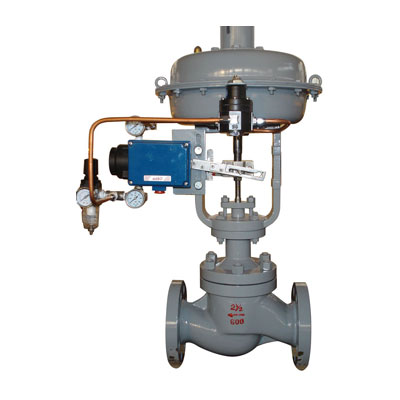
Pipelines, Oil and Gas, Food and Beverage, Biopharm Industry, Marine Industry
Actuators are a means by which a valve can be automated so that no human interaction with the valve package is necessary to cycle the valve. Actuators can be remotely operated and can act as shutdown mechanisms in case of an emergency situation, wherein human interaction can be dangerous.
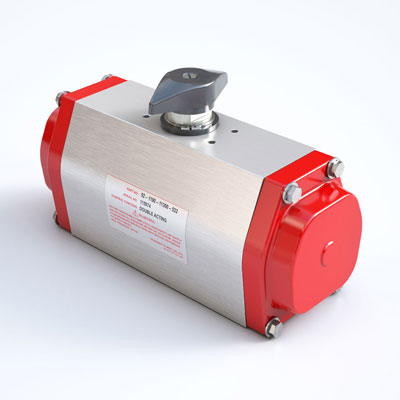
Pipelines, Oil and Gas, Food and Beverage, Biopharm Industry, Marine Industry
The externally piloted angle seat valve is operated with a single or doubleŌĆōacting piston actuator. The actuator is available in two different materials, depending on the ambient temperature. High flow rates are attained with the virtually straight flow path.
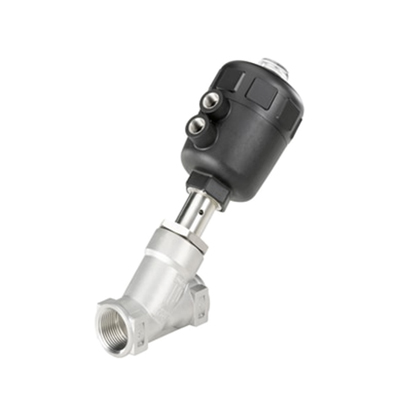
The main advantage of the angle seat configuration is that compared with other valve types it gives a high flow rate with low pressure loss. Other benefits include elimination of water hammer and also resistance to backflow.
ApplicationAngle seat piston valves are particularly suited to applications where high temperatures and large flowrates are required, such as steam or water. When used in reverse some models of angle seat piston valve will eliminate water hammer when operated.
The pilot operated valve is a self-contained system which does not require any external power or pressure source. The pilot valve, using system media and pressure, automatically controls the actuator pressure to either open or close the main valve depending on the pressure setting of the pilot vs the actual system pressures.